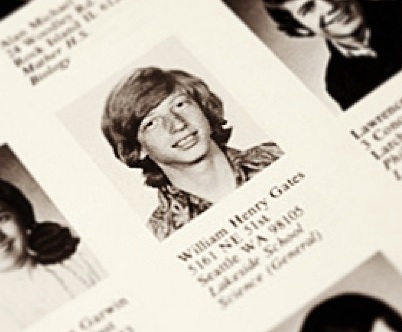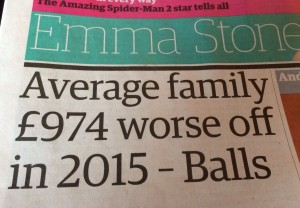My Observer piece on Michael Lewis’s new book.
Light travels at 186,000 miles a second in a vacuum, which is another way of saying that it covers 186 miles in a milli-second – a thousandth of a second. Given that much of our contemporary electronic communications are conveyed by pulses of light travelling along fibreoptic cables, we are given to extravagant hyperbole about the “death of distance”. After all, if a message – or a file – can traverse the globe in the blink of an eye, it doesn’t matter whether your hard drive is on your desktop or in a server farm in Nebraska or Sweden.
But it turns out that the speed of light is of great practical interest to some people. One group of them have shelled out $300m to lay a fibreoptic cable in a straight line from Chicago to New York. This involves, among other things, drilling through mountains and under urban areas. And for what? So that the time taken to send a signal between New York and Chicago could be reduced from 17 milliseconds to 13. For that apparently infinitesimal improvement, stock market traders were willing to pay $14m a year, plus a substantial upfront payment, to use the cable.
Therein lies the tale of Michael Lewis’s enthralling new book, Flash Boys, which joins an elite but growing list of volumes that set out to explain how computing is reshaping our world…


